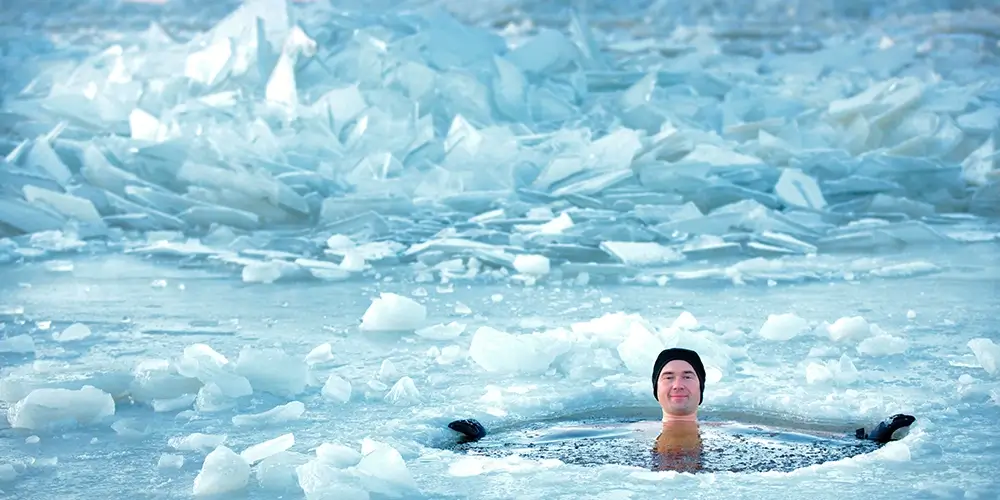
by Orange Coast Plumbing | Oct 26, 2018 | Plumbing, Water Heater
Halfway through your shower, the water runs cold. Since you’re all soaped up, you have two options. You can shiver through the rest of your cold water shower (good for activating brown fat cells). You can dry off as is, with soap and all. Wim Hof, “The...
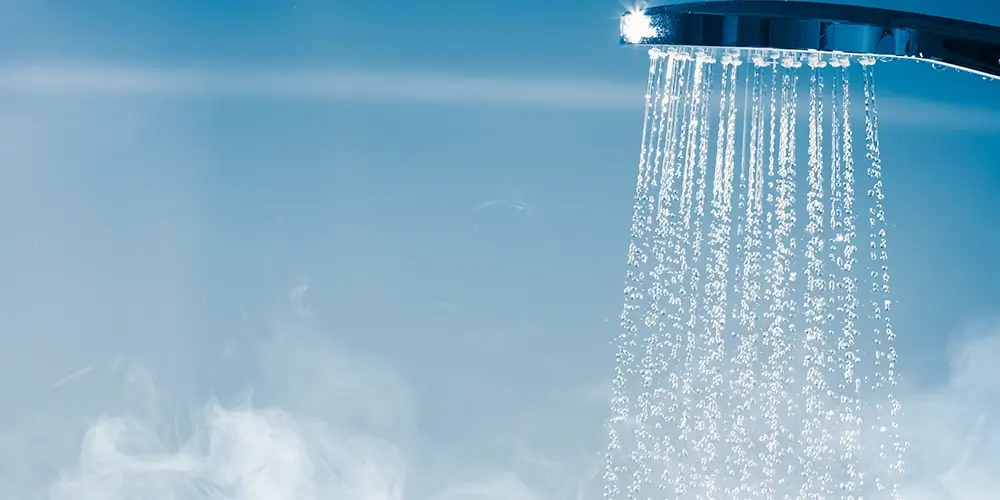
by Orange Coast Plumbing | Oct 26, 2018 | Plumbing, Water Heater
Hot water is great for coffee, not baths. Scalding hot tap water is dangerous, especially for children and seniors. 120 degrees Fahrenheit is the safety recommendation against scalding baths, but 140 degrees is the default setting on most water heaters. Even 120...
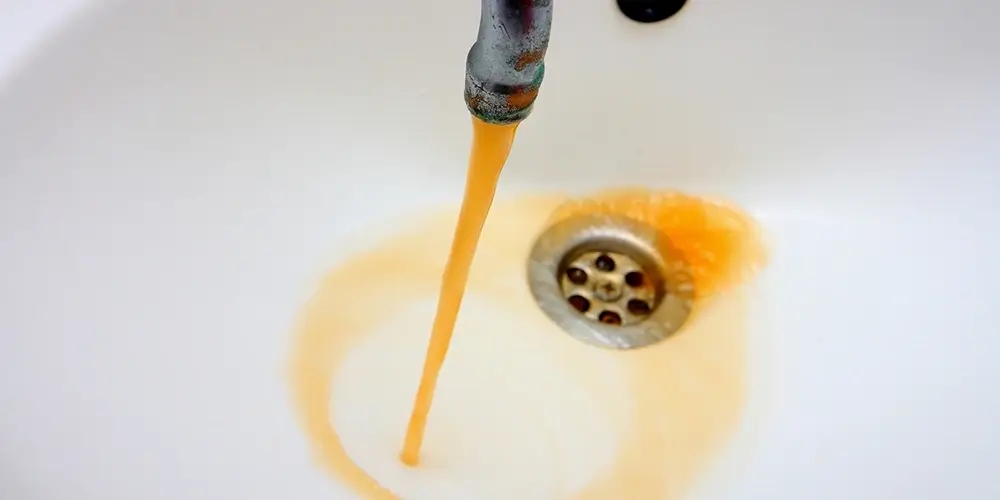
by Orange Coast Plumbing | Oct 25, 2018 | Plumbing, Fixtures & Appliances, Water Heater
When your tap water tap takes on a rust-brown shade, your first reaction might be shock, the second disgust, and the third horror. Yes, orange water happens, especially in older homes, and if you’re reading this blog, it has probably happened to you. But is the...
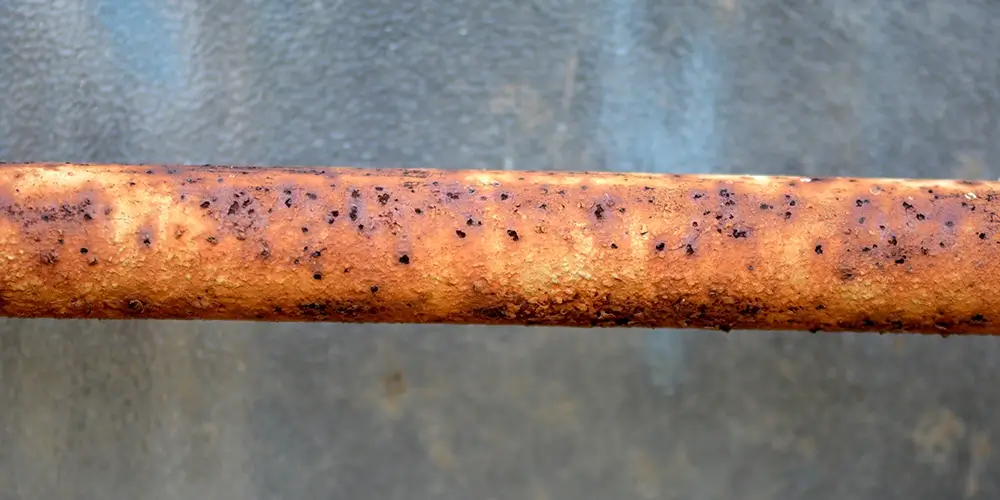
by Orange Coast Plumbing | Aug 21, 2018 | Home Improvement, Plumbing, Slab Leaks
You wouldn’t drink water from a dirty glass or grubby straw. Yet, who knows what’s in your water when it passes through cracked and corroded pipes? Damaged pipes are a gateway for contaminants, including lead, sediment, and even legionella bacteria. They...
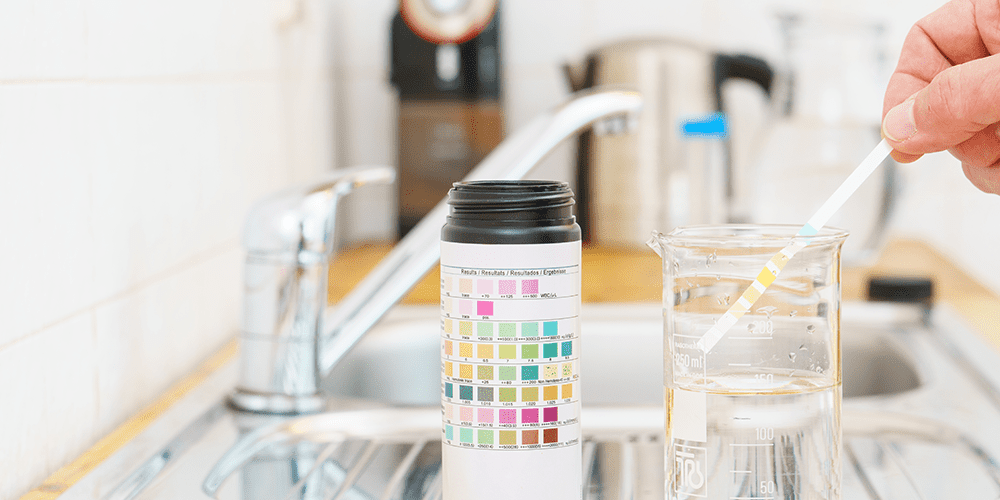
by Orange Coast Plumbing | Jun 26, 2018 | Plumbing, Environmental Information
Most homes in the United States connect to a municipal water system. Cities collect water and treat it before sending it to your home. We trust treatment plants to remove harmful bacteria and other contaminants. But some municipal water treatment facilities fall short...
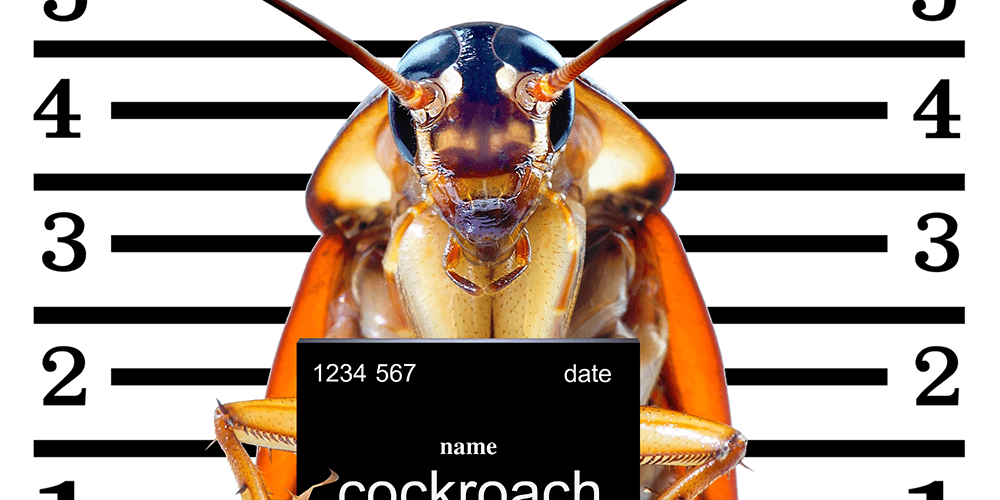
by Orange Coast Plumbing | May 15, 2018 | Plumbing, Environmental Information
Sealing cracks, proper food storage, and regular pest control measures are the sine qua non of a pest-free home. However, many homeowners overlook the role of plumbing in pest infestations. This blog will explore how seemingly innocent plumbing issues can become a...







